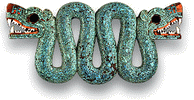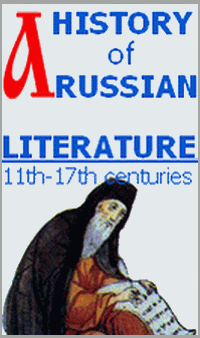Palenque. Pakal’s tomb – from underworld to Internet
Category: News reportsMexico, INAH, august 03, 2009. Closed to visit since 2004 to guarantee its good conservation state, Pakal’s Tomb, in Palenque Archaeological Zone, Chiapas, can be visited virtually through Internet since August 2009. Access to the funerary chamber of Maya ruler K’inich Janaab Pakal was habilitated by the National Institute of Anthropology and History (INAH) at […]


